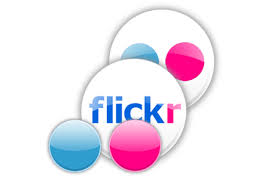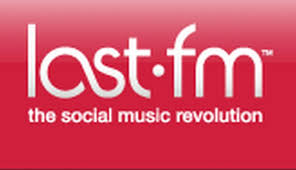Information technologies and application used by Web 2.0 sites includes XML, AJAX, tagging, blogs, wikis, Reallyy Simple Syndication, podcasting, and videocasting.
Tagging is a keyword or term that describe a piece of information (for example; a blog; a pictures; an article; or a video clip).
Blog and Blogging is personel web site, open to the public, in which the site creator expresses his feelings or oppinions. the simples method to create a blog is to sign up with a blogging services provider, such as http://www.blogger.com/ . The blogoshere is the term for the millions of blogs on the Web.
Wikis is a web site on which anyone can post material and make changes to other material. Wikis have "edit" link on each page that allows anyone to add, change, or delete material, fostering easy collaboration.
Categories of Web 2.0
Web 2.0 sites that use some or all the technologies and application that gruoped into three major categories. which is; social networking, aggregators, and mashups.
Social Networking web sites allow users to upload their content to the Web in the form of text ( for example, blogs), voice ( for examples, podcasts) image and video (for examples, videocasts). This web sites provide an easy, interactive way to communicate colaborate with others on the Web. These sites can be a useful way to find like-minded people online, either to persue an interest or a goal or just to help establish a sense of community among people who may never meet in the real world. In addition, many organizaton are finding useful ways to employ social networks to persue strategic objective.
Well-known social networking sites include:
-My Space and Facebok. The most popular social networking web sites.
-Flickr: A photo-sharing web site, widely used by bloggers as a photo repository

-You Tube: A social networking site for video upload

-Last fm: A personalized streaming Web-based radio station based on a profile of your musical taste.

Aggregators aggregrators are who sites that provide collections of content from the Web. Well-known aggregrator who sites includes:
-Blogliness: collects blogs and news from all from all over the Web and present it in one consistent, updated format.
-Digg: A news aggregrator that is part news site, part blog, and part forum. Users suggest and rate news stories, which are then ranked based on this feedback.
-Simply Hired: This site searches some 4.5 million listing on job and corporate web sites and contact subscribers via an RSS feed or an email alert when a job thta meets their parameters is listed.
-Technorati: Contains information on all blogs in the blogsphere. It shows how many other blogs link to a particular blog, and it ranks blogs by topic.
Mashups means tp " mix and match" content from other part of the Web. A mashup is a web site that takes different content from a number of other web sites and mixes them together to create a new kind of content. The launch of Google Maps is creadited with providing the start fro mashups. For an example of a mashup using Google Map, see Skibonk (http://www.skinbonk.com/).
Prepared by: Raihan binti Razali (2010342795)
Prepared for: Miss Ernie





No comments:
Post a Comment
Sila la mencarot.. ;P